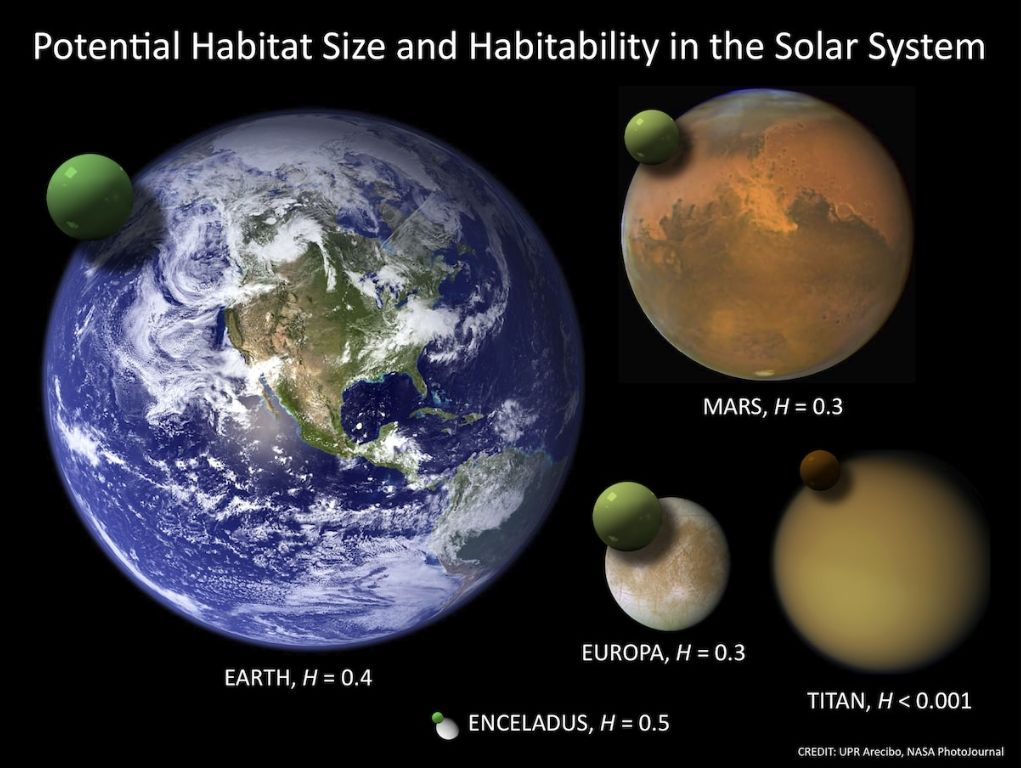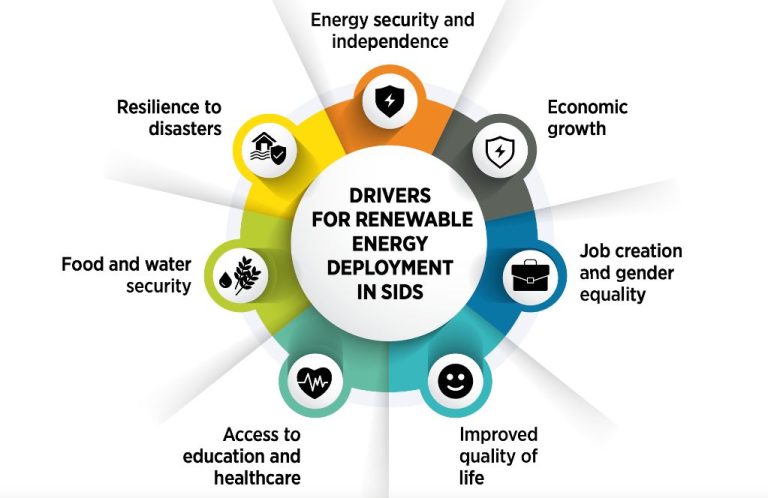Can Humans Get Out Of Solar System?

The solar system consists of the Sun and everything that orbits around it, including the eight planets and their moons, dwarf planets like Pluto, and asteroids. The boundary of the solar system is delineated by the heliopause, where the solar wind meets interstellar space.
Humans have long dreamed of traveling to other stars and galaxies, but so far our space exploration capabilities have been limited to our own solar system. With current technology, it would take thousands to tens of thousands of years to reach even the closest stars. Significant technological advances in propulsion, life support, energy production, and more will be required before interstellar travel becomes feasible.
This article will examine the key questions around humanity’s potential to travel beyond the confines of our solar system. Can we develop spacecraft that could take us to other stars? What are the main obstacles standing in the way? How might we one day establish colonies and spread throughout the galaxy?
Current Space Travel Capabilities
Currently, spacecraft rely on conventional chemical propulsion systems to travel through space. Chemical rockets provide a high thrust that allows spacecraft to launch from Earth’s surface, but they have limited capability for long-duration space travel due to the low specific impulse of chemical fuels (NASA, 2022). The fastest unmanned spacecraft to date is NASA’s Parker Solar Probe, which achieved a top speed of 432,000 km/h or 0.064% the speed of light as it swung past the Sun (Parker Solar Probe, 2022). The previous record holder was Helios 2, a West German solar probe that reached a top speed of 252,000 km/h in 1976 (Helios 2, 2022).
With current propulsion technology, it takes several months for a spacecraft to reach Mars. NASA’s Perseverance rover took about seven months to travel from Earth to Mars in 2021 (NASA Perseverance, 2022). Potential human missions to Mars are estimated to take 6-9 months one-way with conventional rockets (NASA Human Mars Mission, 2017). Travel to the outer planets takes much longer due to the vast distances involved. For example, it took NASA’s Juno probe nearly 5 years to reach Jupiter after launching in 2011 (Juno, 2022). Clearly, current spacecraft propulsion provides limited capability for efficient interplanetary, let alone interstellar, travel.
Sources:
NASA. (2022). Propulsion. Retrieved from https://www.nasa.gov/centers/glenn/about/fs21grc.html
Parker Solar Probe. (2022). Retrieved from https://www.nasa.gov/content/goddard/parker-solar-probe
Challenges of Interstellar Travel
Interstellar travel faces numerous technical and practical challenges. The immense distances between stars pose significant obstacles for spacecraft propulsion and energy requirements. According to researchers, “interstellar travel challenges many of the common assumptions about long duration spaceflight” (Brody, 1991). Even reaching the nearest star, Proxima Centauri, located 4.2 light years from Earth, would require traveling at least 10% the speed of light with current propulsion technologies.
The amount of energy needed for interstellar travel using conventional rockets is enormous. Scientist estimate that a one-way trip to Proxima Centauri would require all the energy produced in the United States for over 100 years (Brody, 1991). Alternative propulsion concepts like nuclear pulse propulsion, antimatter engines, or breakthrough physics have been proposed but not yet developed.
Long-term habitation of an interstellar spacecraft also poses challenges. Providing food, water, air, and radiation shielding for a crew over journey times lasting decades or centuries with current life support systems would be extremely difficult. Psychologically, the isolation and confinement of interstellar space travel could significantly impact human behavior and performance.
Finally, the massive costs involved make funding an interstellar mission problematic. With current space budgets focused on near-Earth operations and exploration of the solar system, an interstellar voyage would require unprecedented levels of investment and global coordination of resources.
Proposed Interstellar Spacecraft
There are several conceptual spacecraft designs that have been proposed to enable interstellar travel beyond our solar system. Some of the more well-known concepts include:
Breakthrough Starshot
Proposed by the Breakthrough Initiatives, Starshot aims to develop an ultra-fast light-driven nanocraft that could reach the nearest star system, Alpha Centauri, within 20 years after launch. The concept involves using powerful lasers to accelerate a tiny probe up to 20% the speed of light (Wikipedia 2022). Read more.
Project Daedalus
Designed in the 1970s, Project Daedalus was a concept for an unmanned interstellar spacecraft that could travel 5.9 light-years in 50 years using nuclear pulse propulsion. It would need to refuel itself along the way (Burrows 1990).
Project Longshot
An unmanned interstellar spaceship concept from the 1980s. Longshot would utilize nuclear pulse propulsion and travel to Alpha Centauri in 100 years (Forward 1984).
While still conceptual, these designs offer glimpses of how interstellar travel may one day be achieved through advanced propulsion and spacecraft technologies currently being researched.
Leaving the Solar System
The edge of the solar system and the beginning of interstellar space is defined by the heliopause. This is the boundary where the solar wind from the Sun is stopped by interstellar gases. Voyager 1 crossed this boundary at a distance of 121 AU (18 billion kilometers) from the Sun in 2012 (https://imagine.gsfc.nasa.gov/features/cosmic/nearest_star_info.html).
So exiting the solar system requires reaching a distance beyond around 18 billion kilometers from the Sun. The nearest star system to the Sun is Alpha Centauri at a distance of over 4 light-years or about 40 trillion kilometers (https://en.wikipedia.org/wiki/List_of_nearest_stars_and_brown_dwarfs). Even traveling at the fastest speeds achieved by spacecraft so far, it would take tens of thousands of years to traverse this immense distance and reach another star.
For example, Voyager 1 is traveling at about 17 km/s relative to the Sun. At this speed, it would take Voyager 1 over 80,000 years to reach Alpha Centauri. Developing the technology to reach even a fraction of the speed of light could reduce travel times to just years or decades. But with current propulsion technology, interstellar travel remains firmly in the realm of science fiction.
Reaching Nearby Stars
Of the nearest stars to our solar system, Alpha Centauri is the closest at just 4.37 light years away. With current propulsion technologies, it would take tens of thousands of years to reach Alpha Centauri using conventional rockets. However, there are several theoretical methods that could enable interstellar travel on more reasonable timescales.
One idea is to use laser-powered lightsails to accelerate spacecraft to a significant fraction of the speed of light. Using powerful lasers based on Earth or the moon to push ultra-light probes could potentially allow reaching speeds up to 20% of light speed. At this rate, it may be possible to reach Alpha Centauri in 20-30 years.
More advanced propulsion concepts like fusion rockets, antimatter engines, or beamed energy propulsion could enable spacecraft to achieve up to 10% of light speed. This would reduce travel time to Alpha Centauri down to around 40 years. While the physics are understood, the engineering challenges to build such systems remain immense.
There are also hypothetical faster-than-light concepts like warp drives and wormholes that could make interstellar travel far more rapid. However, the feasibility of these ideas relies on speculative physics that goes beyond our current scientific understanding. Most physicists think FTL travel is extremely unlikely to ever be possible.
In summary, reaching even the nearest stars like Alpha Centauri using any currently understood propulsion technology would take multiple decades at best. While interstellar probes may be launched this century, human crews are unlikely to make the trip to other stars before 2100 or 2200 at the earliest.
Sources:
https://www.quora.com/Ben-Rich-once-mentioned-that-ESP-is-the-key-to-Interstellar-travel-What-are-your-thoughts-on-this-Is-it-something-which-might-be-possible
Colonizing the Galaxy
Colonizing the entire Milky Way galaxy is an ambitious goal that will take an extremely long time to achieve, even with advanced technology. The Milky Way has a diameter of about 100,000-200,000 light years, and contains over 100 billion stars and at least that many planets [1]. With current propulsion technology, it would take millions of years just to reach the nearest stars. Even with theoretical faster-than-light travel, colonizing the billions of star systems spread across the Milky Way would be a massive undertaking.
Some researchers have proposed using self-replicating spacecraft that could travel to other star systems, build copies of themselves using local materials, and then launch the replicates to colonize more systems in an exponential process. This could theoretically colonize the galaxy in just a few million years or less. However, this relies on future technology like large-scale automation, advanced artificial intelligence, and molecular manufacturing that do not currently exist [2].
A more conservative estimate, even with highly advanced spacecraft, is that it would take at least 50-100 million years to establish colonies around a significant fraction of the Milky Way’s 100 billion star systems. And that assumes the ability to travel 10-20% the speed of light between stars. Barring a massive technological leap, the colonization and terraforming of entire galaxies will remain firmly in the realm of science fiction for the foreseeable future.
Reaching Other Galaxies
While interstellar travel within our Milky Way galaxy may be possible in the coming centuries, venturing to other galaxies poses even greater challenges. The nearest galaxy to our own is the Andromeda galaxy, about 2.5 million light years away. At current propulsion speeds, it would take tens of millions of years to reach even this nearest galactic neighbor.
Some proposed concepts like generation ships, warp drives, or wormholes could shorten travel times between galaxies to hundreds or thousands of years. But these remain speculative technologies far beyond current capabilities.
According to a Quora expert, even with highly advanced propulsion systems, intergalactic travel would likely take millennia from the perspective of those on board the spacecraft. This presents additional challenges for life support and human lifespans.
While reaching even the closest galaxies may not happen for hundreds or thousands of years, some scientists remain optimistic that technology could eventually make routine intergalactic travel feasible. But for the near future, humanity’s journey beyond our solar system will likely remain within the Milky Way.
Alternative Possibilities
While the challenges facing human space travel beyond our solar system using existing technology seem insurmountable, some have proposed alternative methods that could enable intergalactic travel. These proposed methods try to find ways around the limitations imposed by the immense distances and the restricted speed of light.
One idea that has captured the imagination of both scientists and science fiction fans is the concept of a wormhole. A wormhole is a theoretical passage through space-time that could create a shortcut between two distant points. While wormholes are permitted by Einstein’s theory of general relativity, none have been discovered. If stabilized wormholes could be engineered, they might enable near-instantaneous travel between galaxies millions of light years apart.
Another hypothetical technology is an Alcubierre warp drive. This concept involves warping the fabric of space-time around a spacecraft to propel it faster than light. By contracting space-time in front of the craft while expanding it behind, the ship itself remains in a stable “bubble” while space moves around it. Calculations show an Alcubierre drive could enable travel at 10-100 times the speed of light. However, it requires negative mass/energy which has not been shown to exist.
While these and other exotic methods offer tantalizing possibilities, enormous advances in physics and engineering would be needed to make them practical. Still, history has shown time and again that human ingenuity finds ways to overcome limits once thought fundamental. So while reaching other galaxies faces immense obstacles, the dream of spreading beyond our solar system cannot be ruled out. As Arthur C. Clarke famously said, “When a distinguished but elderly scientist states that something is possible, he is almost certainly right. When he states that something is impossible, he is very probably wrong.” Only time will tell if humanity can find a way to travel between the stars.
Conclusion
Interstellar travel presents immense technological challenges, but also tremendous opportunities. With current propulsion technologies, it would take tens of thousands of years just to reach the nearest stars. Developing faster methods of space travel is crucial to make visiting even relatively close star systems feasible within a human lifespan.
Proposed solutions like nuclear pulse propulsion, antimatter engines, fusion rockets, solar sails, and generation ships each have advantages and drawbacks. Most remain theoretical or in early experimental stages. The breakthroughs needed for practical interstellar travel likely involve physics not yet understood.
While reaching other galaxies anytime soon seems highly improbable, even settling a tiny fraction of our own Milky Way galaxy could allow trillions of humans to live in space. This would secure our long-term survival and allow an incredible diversity of human cultures to develop independently.
The outlook for interstellar travel is cautiously optimistic. With continued exponential growth in science and technology, humanity may yet find ways to travel between the stars. But the difficulties are profound, and progress will require immense coordinated efforts over many generations. The stars await if we persevere.







